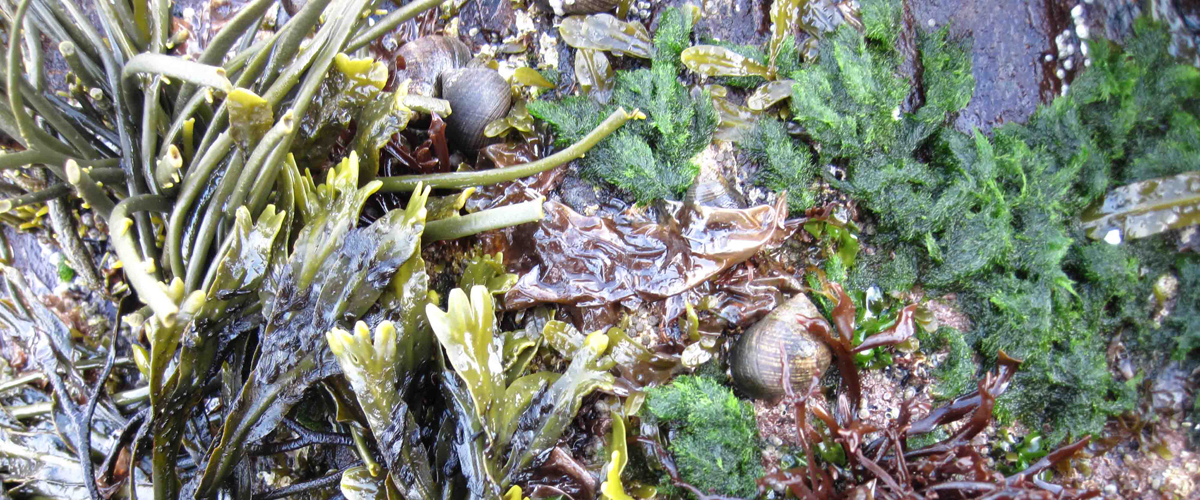The North Atlantic coastline has been shaped and reshaped by various glaciations over the past 5.5 million years. Simultaneously, this habitat has also been altered by the daily rhythms of heat stress experienced by organisms during low tide.
Prior research has been unable to find any type of population structure in the predatory whelk, Nucella lapillus. With the development of next-generation sequencing methods, it has become possible to re-assess what was previously understood.
Researchers Nathaniel Chu, Stefan Kaluziak, Geoff Trussell, and Steve Vollmer have used advanced sequencing methods to discover an unseen division in the N. lapillus populations along the northwestern Atlantic coast.
Their research, recently published in Molecular Ecology, has found not only a distinct genomic break between northern and southern snail populations, but also evidence that the temperature difference between these two regions is driving changes in their genes. As the science develops, an increased understanding of population structure and genetic differences can explain both the movements of populations many years ago and how current populations might respond to a changing climate.
For more information about the research, you can visit Nathaniel Chu’s website.

